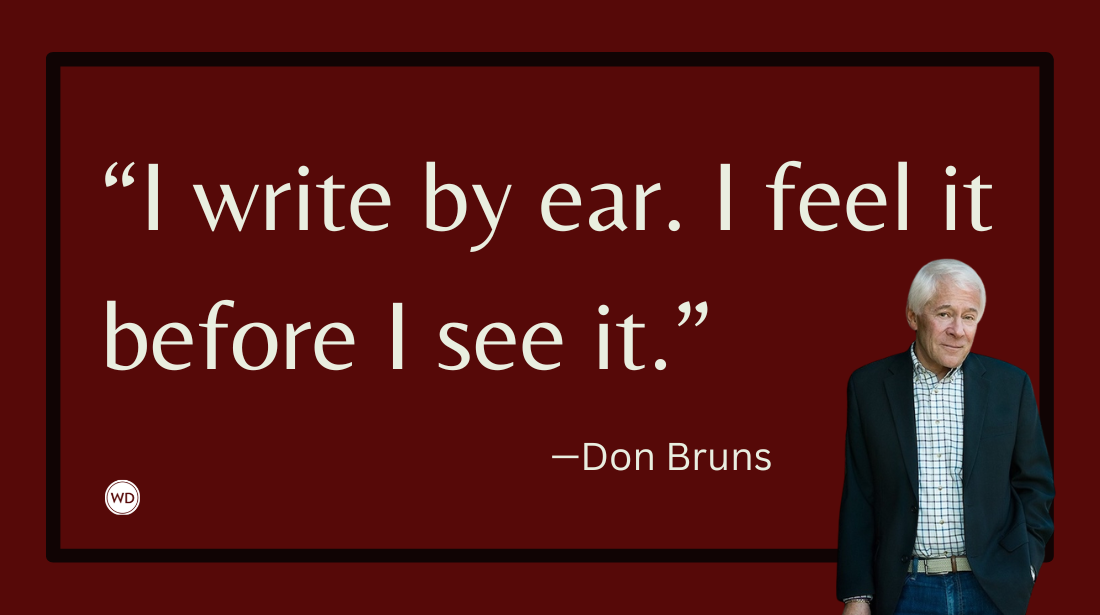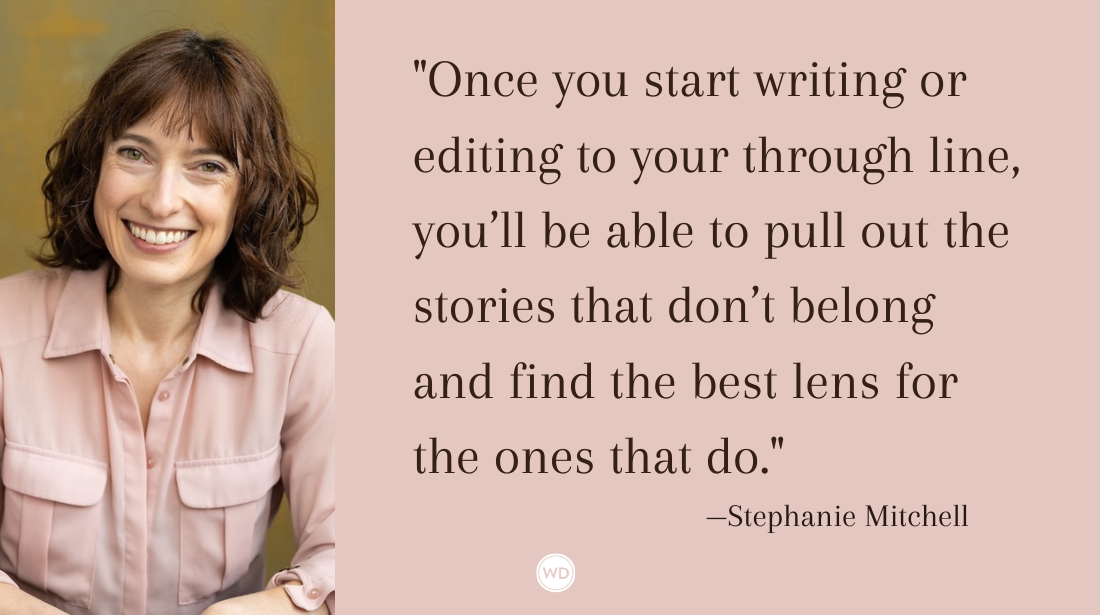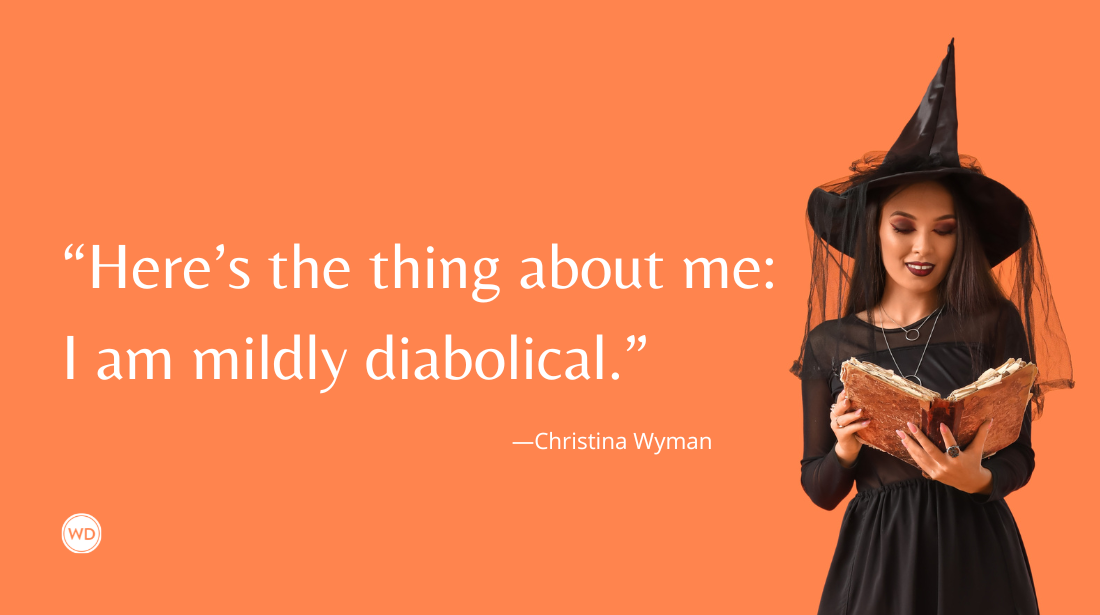The Psychology Behind Poor Early Drafts and 5 Steps to Making Sense of Them
Mackenzie Belcastro addresses writers who are despairing over their early drafts, highlighting five ways you can persevere and discover your story within them.
Fundamental Tales and False Starts
We all experience a handful of life-changing moments. Often, they stem from pain. Always, they plant seeds of thought in the garden of our minds, inspire the watering of such seeds with endless reflection.
It is out of these pivotal moments that our fundamental tales are born. A fundamental tale is a story a writer was meant to tell. F. Scott Fitzgerald believed we all have two or three, and that a writer does his best work when he sticks to them. “The secret,” he explains, is learning to disguise them over the course of a career, decorating them in the veil of new plots.
When we veer too far away, we begin writing about subjects that aren’t so near and dear to our hearts, the result is a slew of false starts. To write well, we need to wrap our plots around the strong core of our fundamental tales.
The Role of Cognitive Dissonance in Poor Writing
Let’s say we’re self-aware and we recognize those life-changing moments we’ve experienced. Let’s say we’re more than willing to tap into our pain in order to write powerful novels.
Let’s say our stories are still creaking and groaning with unreality.
Why would this be?
To begin with, deep-seated fear.
Digging into the distress of our past is a terrifying exercise, no matter what we may tell ourselves. It is a very different thing to state that we are brave and willing to go down the dark hallway of our past than to be truly capable of opening that door and doing so. And when we are not truly capable of being brave and willing, the result is sub-par writing.
Early iterations of Cormac McCarthy’s Blood Meridian come to mind. Characters were cheery when they ought to have been sad, generous when they ought to have been selfish. It was as if he were trying to charm his readers into liking them by painting them in a flattering light—the effect of which was flat ennui.
Other writers, including myself, find early drafts entrenched in an overabundance of metaphors, the sea of symbols serving to keep us at arm’s length from our pain, at the expense of our work.
The ways we weaken our writing are often as unique as our psyches.
Our minds work to keep us balanced, veering too far in any direction that may take us away from what it deems the “safe place.” And so, while fear and pain are most notably buried, other emotions that may help us improve our writing are often shelved too, if less secretly. Consider that moment you laughed so hard with your friend your choked on your own saliva. Consider, too, the high you felt post-typing of “The End” on your manuscript, or post-race, or post-successful weekend with the in-laws. Each of these are resources within us with deep, extending roots, which we must tap into for the sake of best possible character and plot development.
As for how to do this, here are five steps.
5 Steps To Gaining Access To Your Most Powerful Resources: Your Untapped Emotions
We will use the template of darkness here, but consider that you may adapt the questions or suggestions below to any emotion.
- Step away from your drafts altogether and ask, “What makes me most uncomfortable?”(Or, “most deeply happy.” Or, too, “most likely to fall into a fit of laughter.”)
- Over the course of a few days, journal honest responses. Get as in-depth as possible. Don’t stop until you uncover the moment the discomfort began. Write about that moment. Be prepared to return to your childhood. (Or, i.e., in the case of humour, you may ask what it is about your latest memory of the emotion had you deep-belly laughing? Explore it. You may find, once again, yourself returning to childhood, to a scenario in which the underlying thread for this fabric of your humour was first woven.)
- Once you've explored your fears and poured them out on the page, return to your early drafts, starting with the most recent. Having familiarized yourself with your pain, you’ll have a clearer understanding of yourself, your feelings, and what makes you tick. Read your drafts and draw parallels between yourself and your characters, your home and the world you’ve created. Start with your most recent drafts and work backward. You’ll find the pain you’ve journaled about showed up in every draft—only it was stifled and symbolized by your psyche, with your first draft being most affected, your most blurry.
- Make notes. When reading, write in the margins of your pages, peeling back your own symbols, connecting the dots, noting where you were “protecting” your characters from pain, (or even bliss).
- Start to write again, making the adjustments you must.This time, with your once untapped emotions sitting well-tapped now beside you.
When you feel hopeless or frustrated…
Remember that every day that you sit down to work counts. There is no “waste of time.” Each idea, word and false-start, each overly-sunny and symbolic early draft, is a vital part of your process. You cannot plunge into the depths of your fundamental tales—and thereafter your work—without them acting as your springboard. They are your foray into the less accessible, often times far less palatable, raw truths that lie beneath your—and your writing’s—surface.
Mackenzie Belcastro is a novelist, poet, and creative entrepreneur from Toronto, Canada. She believes in making one's own magic, and blogs about this, along with her writer’s journey at mackenziebelcastro.com.









